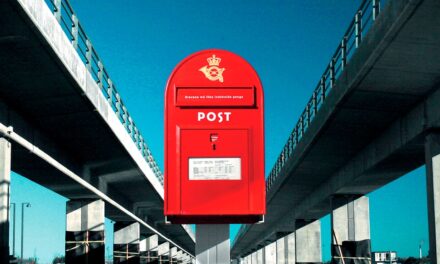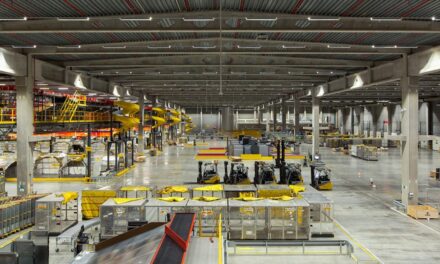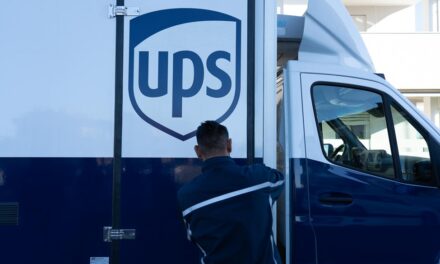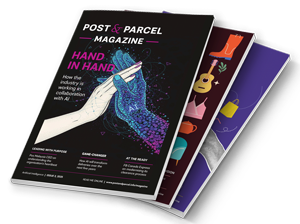
Researchers see India's express industry growing by 20% a year
India's express and courier industry, now valued at Rs71bn ($1.63bn), is forecast to reveal a compound annual growth rate of 20% over the next five years and more than double its size by 2012.
According to a study by rating agency Credit Analysis ' Research the main growth driver for the express industry will be the opening up of the banking, insurance, retail, aviation and telecommunications sectors.
'With such growth on the anvil, several large-sized corporates and multinational express players have begun acquiring controlling interest in some of the established courier companies, while others are setting up 100% owned subsidiaries,' the study continue.
Several executives recently interviewed for UPS indicated that a key segment of Asia's business leaders were more excited about the growth of India than they were of China's.
While there was optimism over the growth of the Chinese consumer market, small and medium sized enterprise leaders across Asia expressed a desire to capitalise on India's rapid growth by leveraging its continued rise as a manufacturing base.
Leaders of such enterprises also expressed a desire to become an outsourcing destination for India and an exporter of raw materials to India for manufacturing.
The UPS Asia Business Monitor, a survey designed to gauge the competitiveness of small and medium sized enterprises in Asia, also found that, of 1,200 decision-makers interviewed across 12 different markets in the region 85% said India had the potential to be a regional economic leader and 81% said the country's economy was certain to grow this year.
'The findings of the survey show that tremendous opportunities exist for third party logistics operators,' said Praveen Ojha, logistics expert at independent market analyst DataMonitor.
'Continued economic growth and an increase in trade will lead to increasing demands on supply chains.'
DataMonitor's latest report, India Logistics Outlook 2007, predicted that outsourced logistics, at just above one-quarter of the entire Indian logistics market, would grow at an annual rate of more than 16% from this year to 2010.
'Realising this potential in the contract logistics market, third party logistics providers are expanding their basket of services as companies are now looking for more than just transport of their products and raw materials,' Mr Ojha said.
'Furthermore, they are also increasing investments to become end-to-end integrated players, even forging strategic partnerships in more than one country.'
A sterling example of the latter trend was the recent signing of a memorandum of understanding by GATI with China Railway Express International Logistics Co, a market leader in China in rail and road cargo and package delivery.
'We ourselves have delivery capability in as many as 594 districts out of 602 in India, while CREIL has a presence across 500 cities across all 31 provinces in China,' said GATI's chief executive and managing director Mahendra Agarwal.
'Our memorandum of understanding would complement the extensive networks, multimodal capability, warehouses and large base of customers that the companies have in India and China.
'Companies doing business in these countries could seamlessly access the two networks in imports, exports and distribution.'
The express industry in India, which ranks among the fastest growing sectors in the Indian economy, has been growing at an annual rate of 33% over the past decade.
At its present estimated size, the industry is almost as large as the shipping and paper industries in the country. However, it is highly fragmented, with more than 2,500 express operators, although about 20 of them make up more than 50% of the industry's revenues.
According to another study by Edelweiss Research, the organised portion of the industry comprises 65% of the total market.
The semi-organised and unorganised segments, which consist largely of regional and intra-city service providers and the government-run EMS Speedpost, between them account for the rest.
Among domestic operators, Blue Dart, DTDC, First Flight and Overnite Express are leading express service companies while FedEx, UPS, DHL and TNT are the top international operators.
'Document parcels that weigh less than 300 gm account for about 70% of the total volume of document parcels and intra-city deliveries account for nearly 37% of their turnover,' the CARE report says.
'With fuel and freight costs on the rise, companies constantly need to watch their costs, yet need to expand their networks to cover hitherto uncovered areas.
'Another major problem they face is labour attrition, since there is constant poaching of skilled staff by their competitors.'












